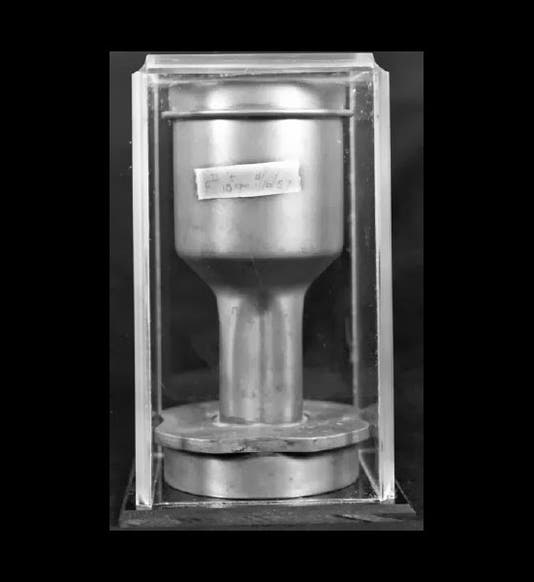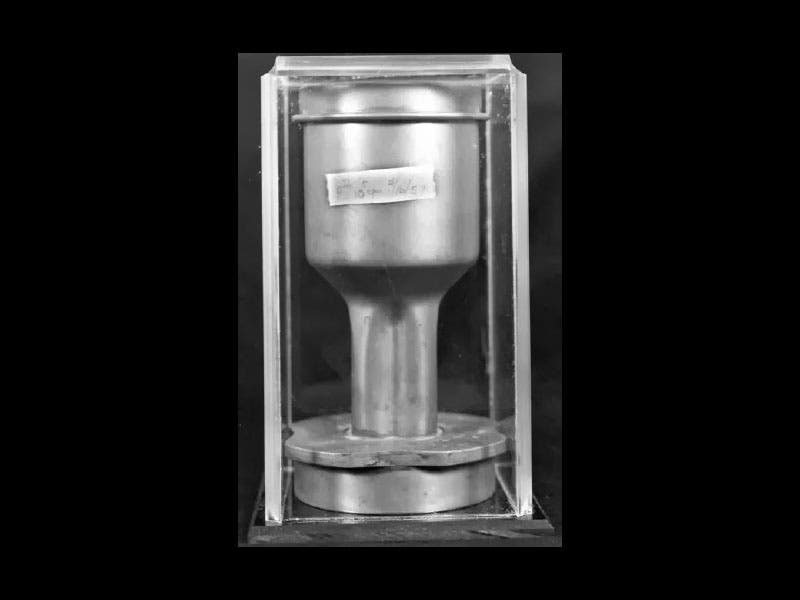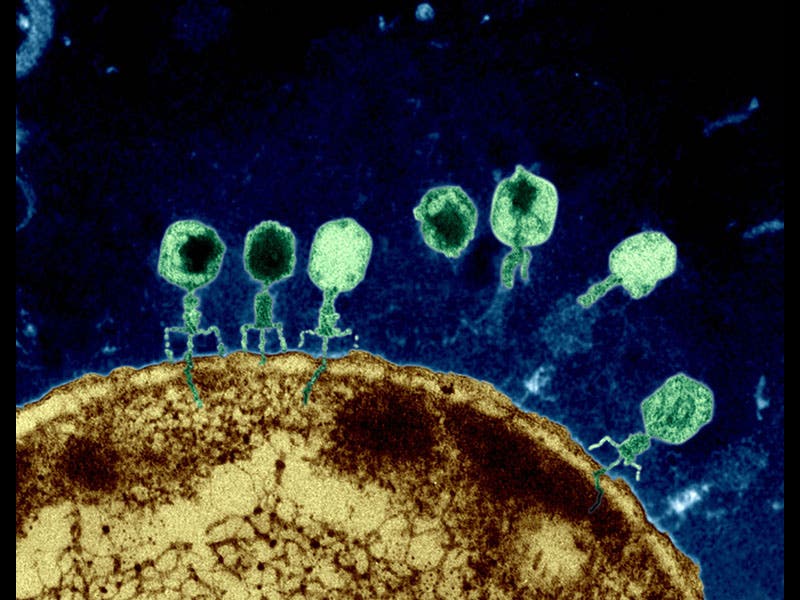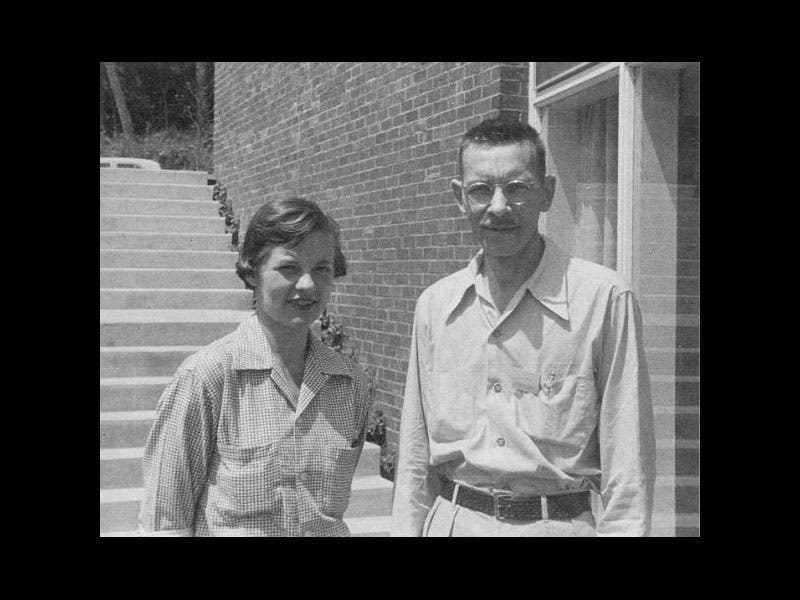Scientist of the Day - Alfred Hershey
Alfred Day Hershey, an American bacteriologist, was born Dec. 4, 1908. Hershey won the Nobel Prize in Physiology/Medicine in 1969, along with Salvador Luria and Max Delbrück, for discovering in 1940 that when two different viruses infect the same bacterium, they sometimes exchange genetic information. But Hershey is even better known for an experiment he did with Martha Chase in 1952, an experiment commonly known as the Waring Blender experiment.
Hershey was trying to determine exactly what happens when a bacteriophage (a virus that infects bacteria, usually shortened to “phage”) takes over a bacterium and makes it reproduce the virus. A modern photo above shows a host of phages settling on an E. coli bacterium (third image). Since a phage is nothing but protein and DNA, there seemed to be only two possibilities: the phage injects protein into the bacterium, or it injects DNA. This was not an idle question, since the material that passes from virus to bacterium probably carries the genetic code, and is thus the stuff of the gene. To answer the question, Hershey and Chase marked the DNA in the phage with radioactive phosphorus, and the phage protein with radioactive sulfur. If, after infection, they could now separate the phage husks from the bacteria, they could test and see whether the bacteria carried radioactive phosphorus or sulfur, identifying the genetic material as protein or DNA.
The problem was that none of their sophisticated lab equipment could do the separation. Then Hershey decided to try what is usually called a “household blender”, and found the shear force from the whirling liquid did a nice job of severing the phages from the bacteria, and when they tested for radioisotopes, they found that the bacteria contained radioactive phosphorus, indicating that DNA is the material passed from phage to bacterium. Cold Spring Harbor Laboratory, where Hershey worked, still has the original blender, and as one can see, it was hardly the “household version” that we see in our second image. But still, it was not a specialized piece of lab apparatus either.
It is noteworthy that Hershey included Martha Chase as co-author for the paper they published in 1952. Chase at the time was working as a lab assistant at Cold Spring Harbor, only two years out of college, and would not receive her PhD for another 12 years. Many other investigators would not have even considered co-authorship status for a lab assistant. Hershey, in addition to being a brilliant scientist, was clearly an ethically responsible and compassionate person. The photo of the two of them was taken in 1953. This was the year that James Watson and Francis Crick would reveal the double-helix structure of DNA, which Hershey and Chase had identified as the carrier of the genetic code.
Dr. William B. Ashworth, Jr., Consultant for the History of Science, Linda Hall Library and Associate Professor, Department of History, University of Missouri-Kansas City. Comments or corrections are welcome; please direct to ashworthw@umkc.edu.








![Using an astrolabe to measure the depth of a well, woodcut in Elucidatio fabricae vsusq[ue] astrolabii, by Johannes Stöffler, 1513 (Linda Hall Library)](https://assets-us-01.kc-usercontent.com:443/9dd25524-761a-000d-d79f-86a5086d4774/a998eb50-55d2-4a88-ace2-a50aa5fa86e7/Stoffler%201.jpg?w=210&h=210&auto=format&fit=crop)

